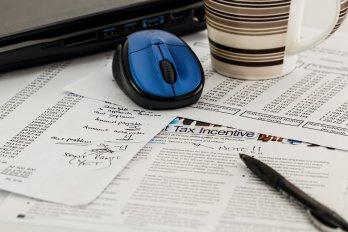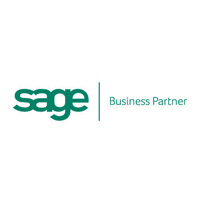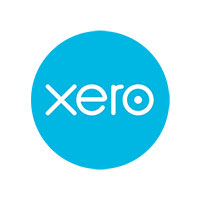
In April this year, significant changes were brought in which affects the amount of VAT that many small business owners will have to pay. The changes specifically affect those using the VAT Flat Rate Scheme who have limited VATable expenses, known as ‘limited cost traders’.
What is a limited cost trader?
A limited cost trader is a VAT registered business, which spends less than 2% of its sales on goods in a VAT quarter or £1,000 in a year. Note this is ‘goods’, and so excludes services such as rent and phones. Gas and electricity are treated as ‘goods’ but are excluded unless they relate 100% to the business. Vehicles, parts and fuel are specifically excluded, as are capital goods. Typically the businesses affected will be those that provide services rather than physical products. They will now have to use a new percentage of 16.5%, from 1st April 2017, under the VAT flat rate scheme. This test has to be carried out each quarter.
The VAT Flat Rate Scheme is used by many small businesses, as it helps to simplify record keeping, making it easier and more straightforward to work out what VAT to pay to HMRC. The recent changes were introduced as a way to curb the way the scheme was perceived by HMRC to be misused by a small percentage of businesses. However, many financial experts now say that the changes will negatively impact on many thousands more genuine small businesses who now fail to be classed as limited cost traders. A large number of service providers with a naturally low spend on goods may well see their VAT payments increase as a result.
How does it all work?
Normally a VAT registered business will pay a percentage of tax on their profits and the percentages paid differ for each type of business. The standard method involves calculating the VAT liability based on VAT charged on sales less VAT incurred on purchases.
Under the Flat Rate Scheme, the rules have been simplified to give the government about the right amount of VAT that is owed by the business, but with simplified administration. For example, an IT contractor will typically have a fixed percentage rate of 14.5%. If they bill a client for £2,500 plus VAT, ie. £3,000 they will pay HMRC £435 (£3,000 x 14.5%). However, as it is an approximation, there were always going to be winners and losers. With the increase in small service type businesses, the government was becoming increasingly concerned that there were a lot more winners than losers.
The new changes that have been brought in since 1st April this year, means that businesses with a very low cost base, ‘limited cost traders’, have now seen the Flat Rate percentage change to 16.5%. Limited cost traders will still be able to use the Flat Rate Scheme, but their percentage is increased. So in the example of the same IT contractor, he still bills his client £3,000 with the 20% VAT, but now he pays to HMRC, £495 (£3,000 x 16.5%), as opposed to £435. He is only collecting £500 of VAT, so the benefit to him his just £5. Such a contractor may now question whether it is worth remaining in the Flat Rate Scheme.
Who is affected?
The new changes to the Flat Rate Scheme will mean that labour-intensive businesses with little spend on goods will see an increase in the VAT they pay. Service providers will be the ones most likely to be affected by this, such as consultants, IT contractors, accountancy firms, hairdressers, and any contractors who supply labour, such as construction workers, but who don’t also supply building materials.
Existing businesses need to decide whether it is now worth staying within the Flat Rate Scheme, and indeed, depending on turnover, whether it is worth remaining registered. New businesses will need to consider whether to join the scheme on registering, although the 1% discount for the first year of registration is still available.
Please contact Mark Wildi on 01689 877081 for more information.




